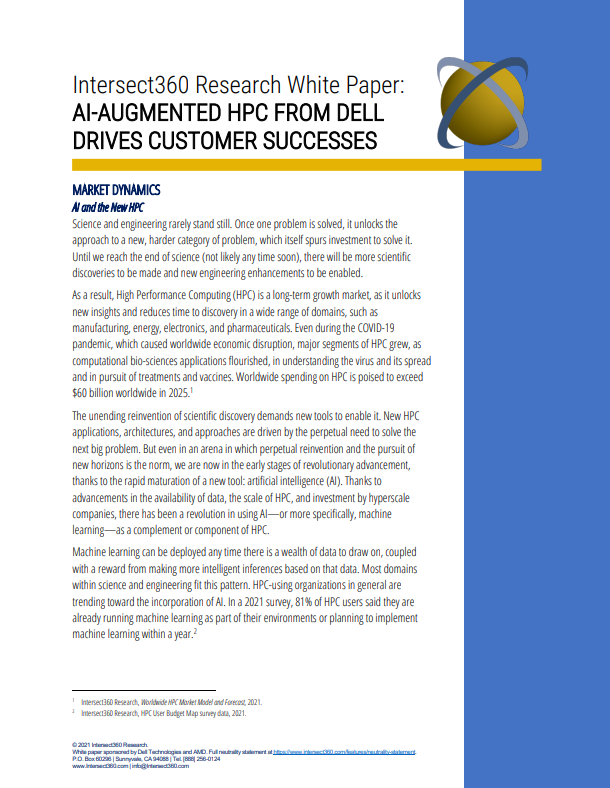The decades-old vision of “pervasive computing” is blueprinting today’s smart cities
As first alluded to in 1988, cities are becoming invisibly intelligent spaces, often entirely unbeknownst to us


One of the earliest advocates for “ubiquitous computing”, according to the Wilson Centre, was Mark Weiser, chief technologist at Xerox’s Palo Alto Research Centre (PARC). For decades, Weiser said in 1988, computer design was heading down the path of the “dramatic machine”; “the highest ideal is to make a computer so exciting, so wonderful, so interesting, that we never want to be without it”. Instead, he spoke of pursuing the less-travelled path of building a computer “so imbedded, so fitting, so natural, that we use it without even thinking about it”.
Roughly a decade ago, Intel echoed Weiser in a white paper, calling the invisible, high-speed digital space that was emerging at the time the realisation of this idea. Now known as “pervasive computing”, this idea has infiltrated the inner thinking of many organisations in the space, to the extent it serves as the blueprint for today’s smart city projects.
The most successful regions in today’s age have excellent communications infrastructure. This isn’t just in terms of transport, but also digital communications, which is on the cusp of a revolution. As 5G continues its rollout, alongside the emergence of Wi-Fi 7, the Internet of Things (IoT) and edge computing, these technologies are converging to support massive, low-latency data transfers, with ‘intelligence’ built into every node tied to the network. Indeed, combined with the proliferation of wireless devices, and advances in mobile software, pervasive computing, as Weiser popularised nearly 35 years ago, is on the verge of becoming a reality, with a ubiquitous digital fabric fuelling urban development.
Intelligence is everywhere
With increasingly impressive smart city projects being announced on a frequent basis, it’s easy to forget how immersed we already are in smart urban infrastructure. “New services for both consumers and city authorities are constantly evolving and being adopted,” business development director, Siemens Smart Infrastructure, Paul Brodrick, tells IT Pro, pondering whether the smart city is already here. "Intelligence is everywhere in our cities, from planning journeys, buying train tickets to ensuring the safety and security of your journey, and we now take this for granted."
COVID-19 has also fast-tracked smart city development. The need for smartphone apps to identify infected individuals, for example, and anyone they’ve been in close proximity with, demanded city-wide connectivity and data processing. A myriad of future services will also utilise these tools, with initiatives such as Covid Connect NI, created by Belfast City Council, illustrating how resources can be redirected to develop intelligent applications to resolve city-wide or local challenges.
Smart environments, though, aren’t just about the tech, Bettina Tratz-Ryan, Gartner’s VP analyst, smart cities, infrastructure and Industry 4.0, saliently points out. “Space is a location, and the ambience of that location is dependent on how well that space can optimise individual preferences,” she says. “An intelligent space, therefore, isn’t just a futuristic example of an “everything digital” environment, but a space in which intelligence is used to make people comfortable, safe, and receive services that are of value to them.”
Digital twinning
The transformation of urban spaces into intelligent cities is accelerating, with several layers coming together to deliver the connectivity citizens need to use integrated environments. Smart buildings, eMobility, digital payments, energy management and seamless, low latency digital communications must all work together to provide a digital ambience that users can connect to. Smart cities are also thought to be key to decarbonisation. Using advanced data analytics, transportation systems can be optimised, with mass transit itself transitioning to zero carbon with intelligent energy grids becoming the norm.
Get the ITPro daily newsletter
Sign up today and you will receive a free copy of our Future Focus 2025 report - the leading guidance on AI, cybersecurity and other IT challenges as per 700+ senior executives
In many ways, the smart city is the urban manifestation of the concept of the digital twin. In this context, digitising physical systems – the interconnected services that a city depends on – allows planners to reveal the cost and environmental savings by analysing the city's digital twin. Siemensstadt Square in Germany, for example, was built the guiding motto of ‘digitally planned, digitally built and digitally operated.’ ABI Research expects over 500 digital twins connected to smart cities by 2025.
RELATED RESOURCE

In the UK, we can see this with the University of Birmingham, which aims to create the 'smartest University campus in the world' while driving decarbonisation at scale. Initiatives like this will also be driven by chipset advances, with Intel showcasing the next iteration of its 12th-Gen Alder Lake S-series and H-series CPUs at CES 2022. Its release was significant, given the S-series chips are aimed at IoT applications, boasting compatibility with ultra HD graphics and PCIe 5.0 connectivity.
For all the talk about hardware and technology, data analysis will ultimately be key to underpinning these spaces, according to Richard Cockle, GSMA’s global head of IoT, identity and big data. “Without [connectivity], we can’t unlock the intelligence we need to turn data into actionable insights,” Cockle tells IT Pro. “Specifically, through technologies like 5G and IoT, city planners can collect, monitor, and analyse various aspects of urban life.”
Avoiding dystopia
With the sphere of influence for networking technology widening, the assumption is it’ll naturally create digital spaces that enrich citizens’ lives. For many, however, it simply paves the way for a shift into a Big Brother-type surveillance environment. For all the work Leeds City Council put into building a city-wide long-range wide area network (LoRaWAN) for IoT devices, for instance, a councillor last year still likened this broad smart city initiative to living under Stasi rule.
“If implemented correctly, smart environments can indeed be tech utopias – who wouldn't want more efficient, comfortable, and safe buildings?” says director of digital solutions at Johnson Controls UK&I, James Cameron. “We're in the middle of a smart revolution. Phones, watches, and even kitchen appliances have become smart in recent years. It's the same story with buildings: smart innovations bring buildings to life, heightening occupant productivity and happiness. Connectivity is at the heart of this. Operating alone, digital solutions risk becoming siloed, but working in synchrony, they can deliver an experience that's truly special.”
Not all projects will go to plan, though, and failing to address legitimate concerns will stall any smart revolution, no matter how promising, or inevitable. Tratz-Ryan points to the failure of Sidewalk Labs’ project in Toronto’s Port Lands, dubbed Quayside. This project was cancelled after slow progress due to local objections combined with a lack of proper data governance. “While we see technology can make intelligence possible, it needs to be communicated and orchestrated so users can understand the benefit from it,” she says. “Implementing it for the sake of smart technology and infrastructure without proper value for citizens will lead to distrust and resentment."
There’s little doubt the urban environments we take for granted are evolving into the fully invisible, intelligent spaces Mark Weiser alluded to in 1988. As the failed Toronto project illustrates, though, just because technologies can be built, that doesn’t mean they should be. The key lies in understanding how these interconnected services impact and enrich citizens; smart cities must always be for the people that use them.
David Howell is a freelance writer, journalist, broadcaster and content creator helping enterprises communicate.
Focussing on business and technology, he has a particular interest in how enterprises are using technology to connect with their customers using AI, VR and mobile innovation.
His work over the past 30 years has appeared in the national press and a diverse range of business and technology publications. You can follow David on LinkedIn.
-
 The Race Is On for Higher Ed to Adapt: Equity in Hyflex Learning
The Race Is On for Higher Ed to Adapt: Equity in Hyflex LearningBy ITPro
-
 Google faces 'first of its kind' class action for search ads overcharging in UK
Google faces 'first of its kind' class action for search ads overcharging in UKNews Google faces a "first of its kind" £5 billion lawsuit in the UK over accusations it has a monopoly in digital advertising that allows it to overcharge customers.
By Nicole Kobie